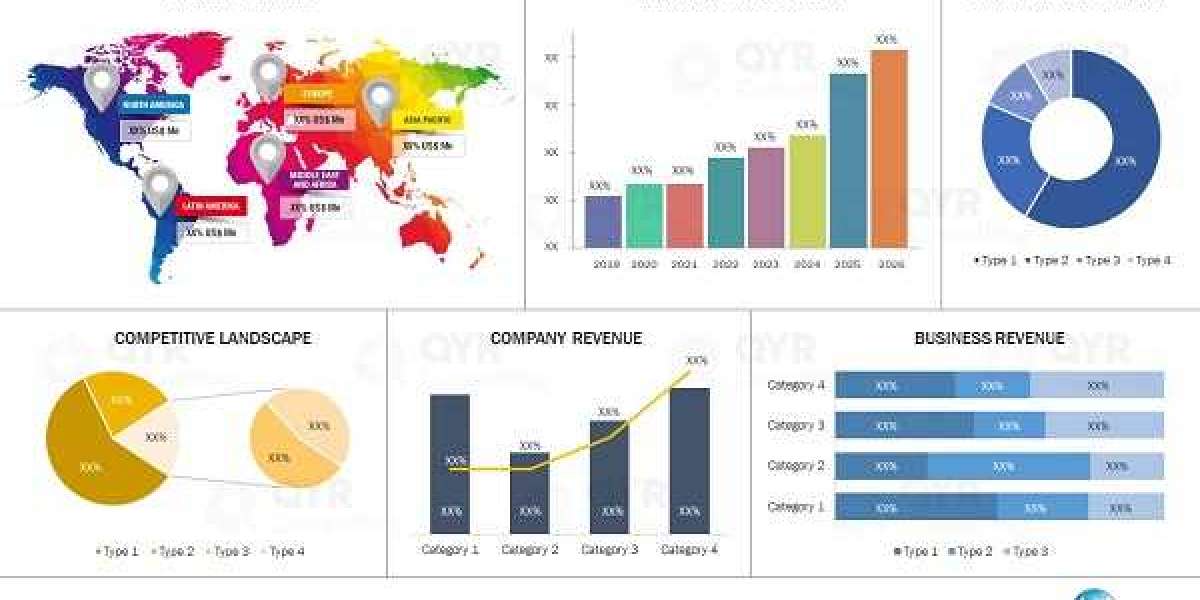The global Healthcare Contract Research Organization (CRO) Market was valued at USD 50.38 billion in 2023 and is projected to reach USD 93.23 billion by 2032, expanding at a compound annual growth rate (CAGR) of 7.10% during the forecast period of 2024 to 2032. This growth reflects the increasing complexity and cost of drug development, the surge in clinical trials, and a growing preference among pharmaceutical and biotechnology companies to outsource research activities to specialized partners.
Get Free Sample Report on Healthcare Contract Research Organization Market
https://www.snsinsider.com/sample-request/1523
Contract Research Organizations play a vital role in supporting the pharmaceutical, biotechnology, and medical device industries by providing outsourced research services including clinical trial management, preclinical studies, regulatory affairs, data management, and more. As companies strive to reduce time-to-market and streamline RD expenditures, CROs have emerged as indispensable collaborators in bringing innovative therapies to patients faster and more efficiently.
Key Market Growth Drivers
- Rising RD Investments by Pharmaceutical and Biotech Firms
With the global pharmaceutical industry allocating increasing budgets to research and development, there’s mounting pressure to optimize resources and reduce costs. CROs provide access to global research expertise, infrastructure, and regulatory knowledge, enabling sponsors to conduct trials more efficiently and economically. Outsourcing to CROs allows companies to focus on core competencies such as drug discovery and marketing. - Surge in Clinical Trials Across the Globe
Clinical trials are becoming more global, complex, and expensive. The increasing number of new drugs in the pipeline—especially in oncology, neurology, and rare diseases—has driven demand for clinical trial services. CROs offer logistical, operational, and regulatory support to navigate varying international regulations and patient demographics, especially in emerging markets where recruitment and operational costs are lower. - Accelerated Drug Approval Timelines
The need for faster drug approvals, especially highlighted during the COVID-19 pandemic, has underscored the importance of agile and adaptive research models. CROs play a crucial role in helping sponsors meet accelerated timelines through efficient trial designs, real-world data utilization, and advanced analytics that streamline decision-making and regulatory submissions. - Increasing Outsourcing by Small and Medium Enterprises (SMEs)
Startups and small biotech firms, which often lack in-house infrastructure and regulatory expertise, are increasingly reliant on CROs to conduct early-stage research and navigate the path to commercialization. This trend is expanding the CRO client base and fostering long-term strategic partnerships in the healthcare RD ecosystem. - Technological Advancements in Clinical Trial Processes
The integration of digital technologies such as artificial intelligence, wearable monitoring devices, eClinical platforms, and decentralized trial models is revolutionizing the CRO industry. These innovations improve data accuracy, patient engagement, and trial efficiency—making CRO services more attractive and value-driven for sponsors.
Key Market Segmentation
By Type
- Drug Discovery
- Target Validation
- Lead Identification
- Lead Optimization
- Pre-Clinical
- Clinical
- Phase I Trial Services
- Phase II Trial Services
- Phase III Trial Services
- Phase IV Trial Services
By Service
- Project Management/Clinical Supply Management
- Data Management
- Regulatory/Medical Affairs
- Medical Writing
- Clinical Monitoring
- Quality Management/ Assurance
- Bio-statistics
- Investigator Payments
- Laboratory
- Sterility Testing
- Container/Closure Testing
- Extractables and Leachable Testing
- Environmental Monitoring (Including Microbiology Testing)
- Disinfectant Efficacy Studies
- Others
- Patient And Site Recruitment
- Technology
- Others
By Therapeutic Area
- Oncology
- CNS Disorders
- Infectious Diseases
- Immunological Disorders
- Cardiovascular Diseases
- Respiratory Diseases
- Diabetes
- Ophthalmology
- Pain Management
- Others
By Molecule
- Pharmaceutical
- Small Molecules
- Biologics
- Medical Device
Competitive Landscape
The Healthcare CRO market is highly competitive, with both large multinational firms and specialized regional players competing on quality, speed, cost, and innovation. Leading players are actively expanding their geographic footprint, acquiring niche service providers, and investing in advanced data platforms to gain a competitive edge.
Key Players:
- ICON Plc(ICONIK AI Platform, Firecrest)
- Charles River Laboratories(Early Discovery Services, InVivo Pharmacology Services)
- Syneos Health (Synnovation Technology, Illingworth Research Group)
- IQVIA Inc. (Orchestrated Clinical Trials (OCT), IQVIA Technologies)
- GVK Biosciences Private Limited (Aragen) (Aragen Discovery Engine, CMC Services)
- LabCorp (Covance) (Xcellerate Monitoring, Central Laboratory Services)
- Parexel International Corporation (Parexel Biotech, Patient Innovation Center)
- Thermo Fisher Scientific (BioServices, PPD Clinical Development)
- CTI Clinical Trial Consulting (Rare Disease Clinical Services, CTI Imaging Services)
- PSI (PSI Clinical Trials, PSI Monitoring)
- Medpace (Medpace Core Labs, ClinTrak Technology)
- Ergomed (PrimeVigilance, Orphan Drug Development Services)
- WuXi AppTec (WuXi Chemistry, WuXi Clinical Services)
- Worldwide Clinical Trials (Bioanalytical Services, Early Phase Solutions)
Future Outlook
The projected increase from USD 50.38 billion in 2023 to USD 93.23 billion by 2032 marks a pivotal shift in how healthcare innovation is driven globally. As drug development becomes increasingly data-intensive, globalized, and patient-centric, CROs will continue to play a vital role in shaping the future of clinical research and healthcare advancement.
Make Enquiry about Healthcare Contract Research Organization Market
https://www.snsinsider.com/enquiry/1523
Challenges such as regulatory complexities, data privacy concerns, and geopolitical shifts may present headwinds, but the long-term trajectory of the Healthcare CRO market remains strongly positive. The next decade will likely see a more collaborative, tech-enabled, and agile CRO landscape that supports faster, smarter, and more cost-effective drug development worldwide.
About US
SNS Insider is one of the leading market research and consulting agencies that dominates the market research industry globally. Our company's aim is to give clients the knowledge they require in order to function in changing circumstances. In order to give you current, accurate market data, consumer insights, and opinions so that you can make decisions with confidence, we employ a variety of techniques, including surveys, video talks, and focus groups around the world.
Contact Us:
Jagney Dave - Vice President of Client Engagement
Phone: +1-315 636 4242 (US) | +44- 20 3290 5010 (UK)











